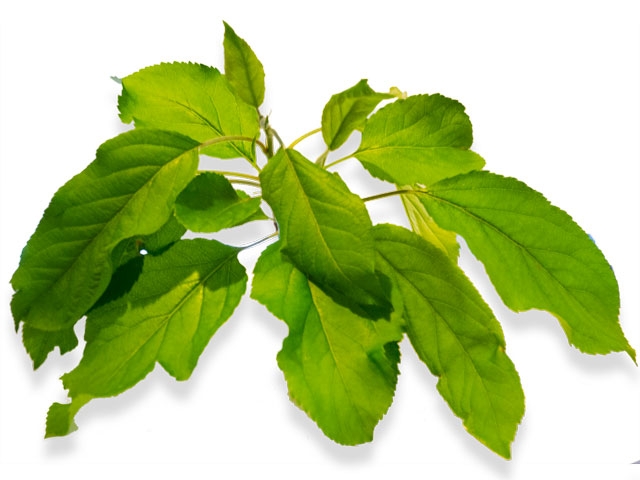Leaf testing should start early in the season.
Starting early allows time for adjustments to be made to a nutrient program, and for those adjustments to have an effect.
This is especially important for crops such as cherries that have a short season.
Avoid nutrient deficiencies
Deficiencies in trace elements such as iron and manganese can have a significant influence on yield and the quality of the crop.
Small deficiencies won’t be noticed in leaf symptoms until the damage is done—and the tree’s productivity is adversely affected.
Applying additional nutrients at that stage will do little to rectify the outcome.
Three types of leaf testing
There are three major types of leaf test:
Dry ash tissue tests
Leaf sap tests and
Petiole sap tests.
The most recently developed testing method is leaf sap testing.
This is quite different from testing the sap in the entire shoot, and it requires two samples to be taken.
Samples are taken from young and from mature leaves, and the ratios between the two are used to determine nutrient excesses or deficiencies, rather than using arbitrary ‘desired’ ranges.
Advantages of leaf sap testing
By using this method it is possible to detect nutrient imbalances 2–3 weeks ahead of visual symptoms appearing in the leaf.
This is a huge advantage over traditional testing methods, and now is the only method we recommend.
For contact details, see Tree Fruit Oct 2019






















